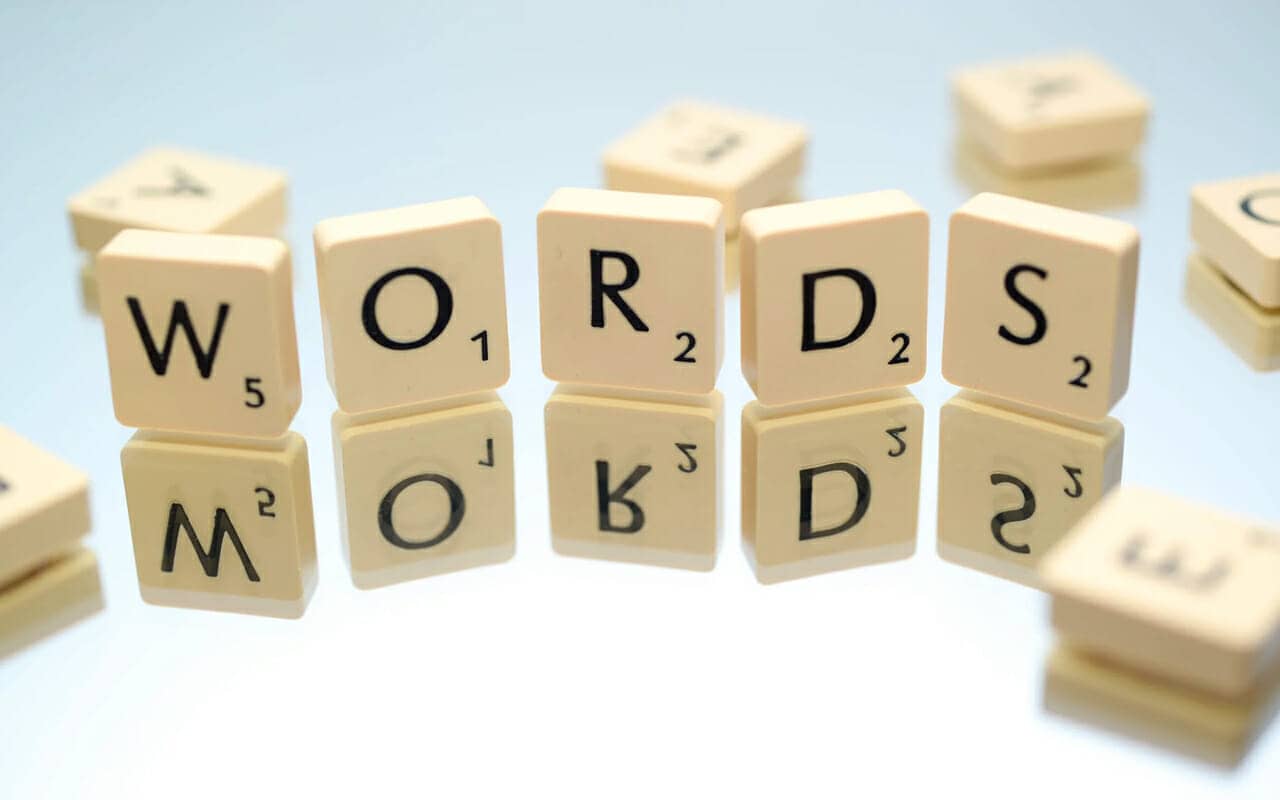How Many Words You Need to Be Fluent (And How to Learn Them)
Description

How many words do you need to know to be fluent in a language?
The honest answer?
It depends on your goals.
But most people are surprised by how low the number can be to start holding conversations with confidence.
For example, if you want to understand around 75% of everyday conversations, you only need to know about 1,000–1,200 words.
That’s roughly what it takes to pass the A2 level on the CEFR scale. I know this personally as someone who has passed exams in German at this level and found that estimate spot on.
As someone who’s also learned and taught languages including Mandarin, Biblical Hebrew, Latin, German, and Sanskrit, I can tell you this:
- It’s not the number of words you know.
- It’s which words (and how you learn and retain them) that make all the difference.
In this post, you’ll learn:
Exactly how many words are required at each fluency level
How to figure out your current vocabulary size
Memory techniques that help you learn more, faster—and keep it all in long-term memory
Let’s break it down so you can stop guessing and start making meaningful progress in any language you’re learning.
How Many Words Do You Need to Know to Be Fluent in a Language? The Answer
If you want to understand approximately 75% of what native speakers are talking about in everyday life, you’ll need between 1000-1200 words.
This is according to A2 on the CEFR test. For that accomplishment, you’ll need knowledge of approximately 1000 words. I’ve done it myself in German and that number sounds right to me.

What 1000 Words Really Gets You
For some people, 1000 words is going to sound like a lot to cover.
But the problem is not the amount of words. What really matters is this question:
How exactly are these words counted? Take the word “run” in English, for example. Is it really just one word?
Not really. It’s also:
- To run
- To have run
- Ran
- Running
There are other examples, such as dog becoming dogs, or cat becoming cats. A lot depends on the morphology, because in some languages, grammar will determine whether a new word needs to be used or not.
In sum, the number of words you need to learn to become fluent depends on two things:
- Your personal definition of fluency (a.k.a. your goal)
- The way you speak in your mother tongue in order to accomplish everyday goals
- An external testing structure like the CEFR
Why Word Count Alone Can Be Misleading
If you take the CEFR as your standard, which is not a bad idea, then C2 requires familiarity with 16,000 words. But this is generally based on what you will need to understand scholarly and academic writing, a class of information that may have little or nothing to do with your daily life.
Again, keep in mind that how those words in the different levels involves matters of grammar. You can often boost your word count just by knowing how one word changes across different tenses.
For more on memorizing grammatical matters quickly, check out this tutorial.
But you can also think about the exact number of words you need by thinking about the goals you need to achieve. If you don’t read scholarly papers, then you might not need anything close to 16,000 words.
How to Figure Out How Many Words You Truly Know
Think about your mother tongue.
How many words in the language can you recall right now?
Chances are that you would struggle to list all the words you’ve learned over the course of your lifetime.
The same thing will be true when working towards fluency. This is because active vocabulary consists of the words we use most often, even in the easiest language you can choose to learn.
The Truth About “Active vs “Passive Vocabulary” (And Why It Matters)
Passive vocabulary, on the other hand, involves words that have gone into reserve. We have to stretch to remember them because we use them less often. That, or we might undergo linguistic deskilling for a variety of reasons.
For example, this happened to my English when I spoke primarily German for a few years. Likewise, in Mandarin, if I don’t use the new words I learn frequently, I can wind up struggling to get them back from memory or confuse them with other words.
<img loading="lazy" decoding="async" class="aligncenter size-full wp-image-28369" src="https://e5hougg55fx.exactdn.com/wp-content/uploads/2022/05/long-hair-blue-shirt-woman-is-thinking.jpg?strip=all&lossy=1&quality=60&ssl=1" alt="long hair blue shirt woman is thinking" width="1280" height="800" srcset="https://e5hougg55fx.exactdn.com/wp-content/uploads/2022/05/long-hair-blue-shirt-woman-is-thinking.jpg?strip=all&lossy=1&quality=60&ssl=1 1280w, https://e5hougg55fx.exactdn.com/wp-content/uploads/2022/05/long-hair-blue-shirt-woman-is-thinking-300x188.jpg?strip=all&lossy=1&quality=60&ssl=1 300w, https://e5hougg55fx.exactdn.com/wp-content/uploads/2022/05/long-hair-blue-shirt-woman-is-thinking-1024x640.jpg?strip=all&lossy=1&quality=60&ssl=1 1024w, https://e5hougg55fx.exactdn.com/wp-content/uploads/2022/05/long-hair-blue-shirt-woman-is-thinking-768x480.jpg?strip=all&lossy=1&quality=60&ssl=1 768w, https://e5hougg55fx.ex





